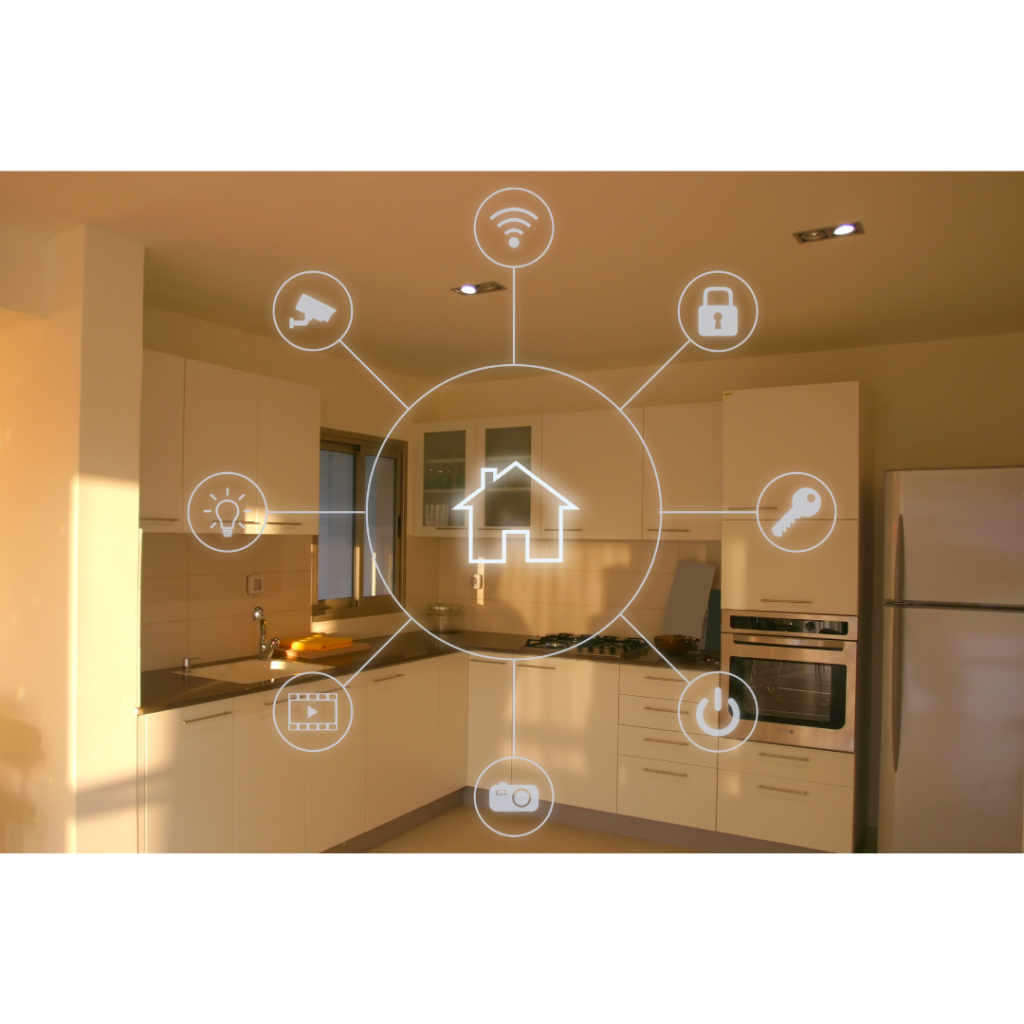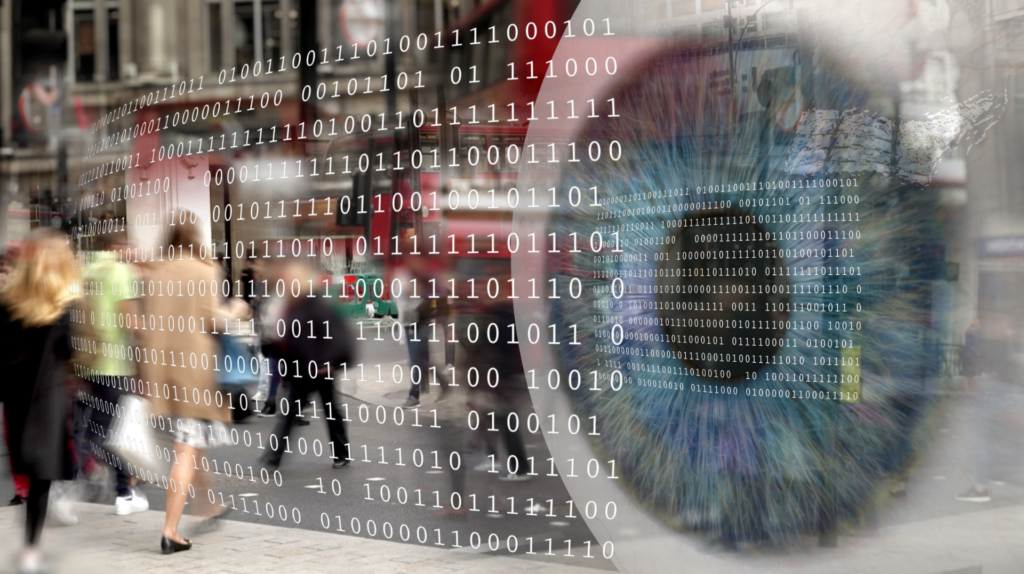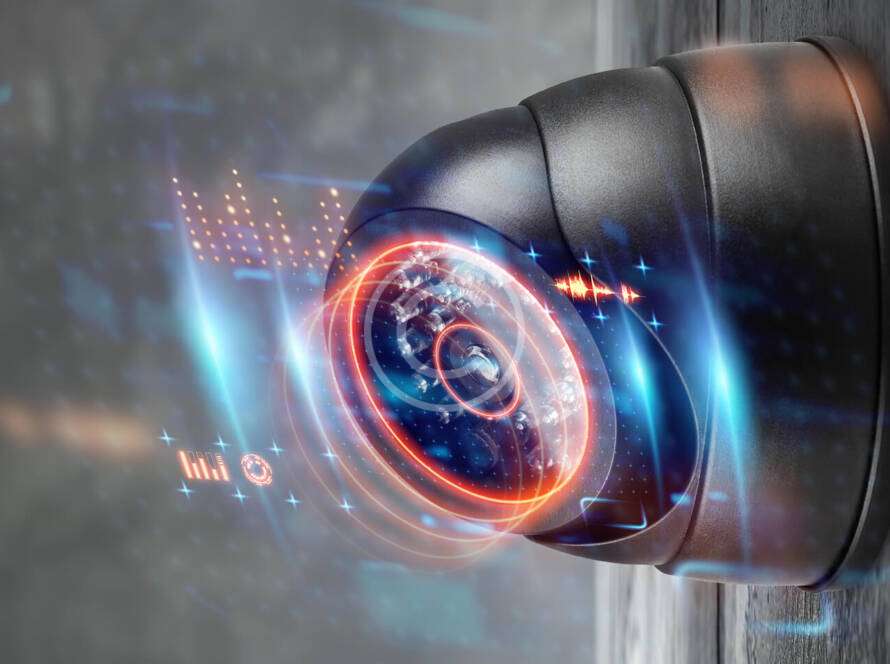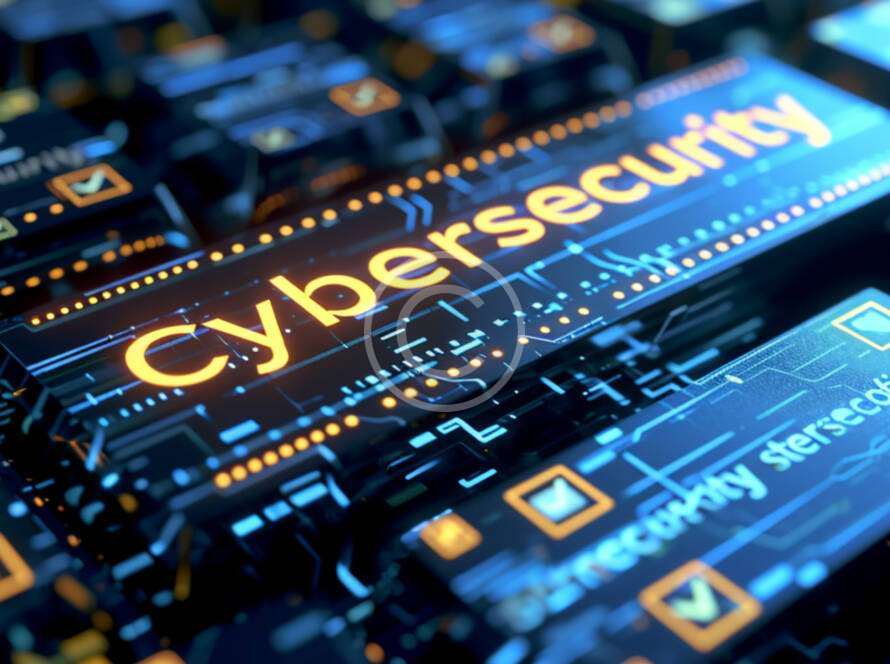Surveillance technology has come a long way from grainy, low-resolution footage to intelligent systems capable of real-time analysis. Smart CCTV is no longer just a tool for recording; it’s an active participant in ensuring safety, deterring crime, and streamlining security operations.
The Evolution of CCTV
Traditional surveillance systems relied on passive recording, often reviewed only after an incident occurred. With advancements in AI and machine learning, modern CCTV can detect unusual behavior, recognize faces, and even alert authorities before threats escalate. This shift transforms surveillance from reactive to proactive.
How Smart Surveillance Works
Enhanced with motion detection, facial recognition, and automated alerts, smart CCTV systems adapt to their environment. Features like night vision, heat mapping, and object tracking make them indispensable for businesses, public spaces, and even private homes. These systems can distinguish between routine activities and suspicious behavior, reducing false alarms and improving response times.

Privacy and Ethical Considerations
While smart surveillance improves security, it also raises concerns about privacy. Striking a balance between protection and ethical use is crucial. Transparent policies, responsible data handling, and adherence to legal guidelines ensure that safety measures do not come at the cost of personal freedoms.
Lorem ipsum dolor sit amet, consectetur adipisicing elit, sed do eiusmod tempor incididunt ut labore et dolore magna aliqua. Ut enim ad minim veniam, quis nostrud exercitation.
Peter Jackson
The Future of CCTV in Public Safety
Smart surveillance continues to evolve, integrating with IoT devices and cloud computing for seamless monitoring. As cities embrace smart technology, CCTV will play a key role in traffic management, emergency response, and crime prevention.
Security is no longer just about watching—it’s about understanding, predicting, and preventing. With smart surveillance, the future of safety looks sharper than ever.






